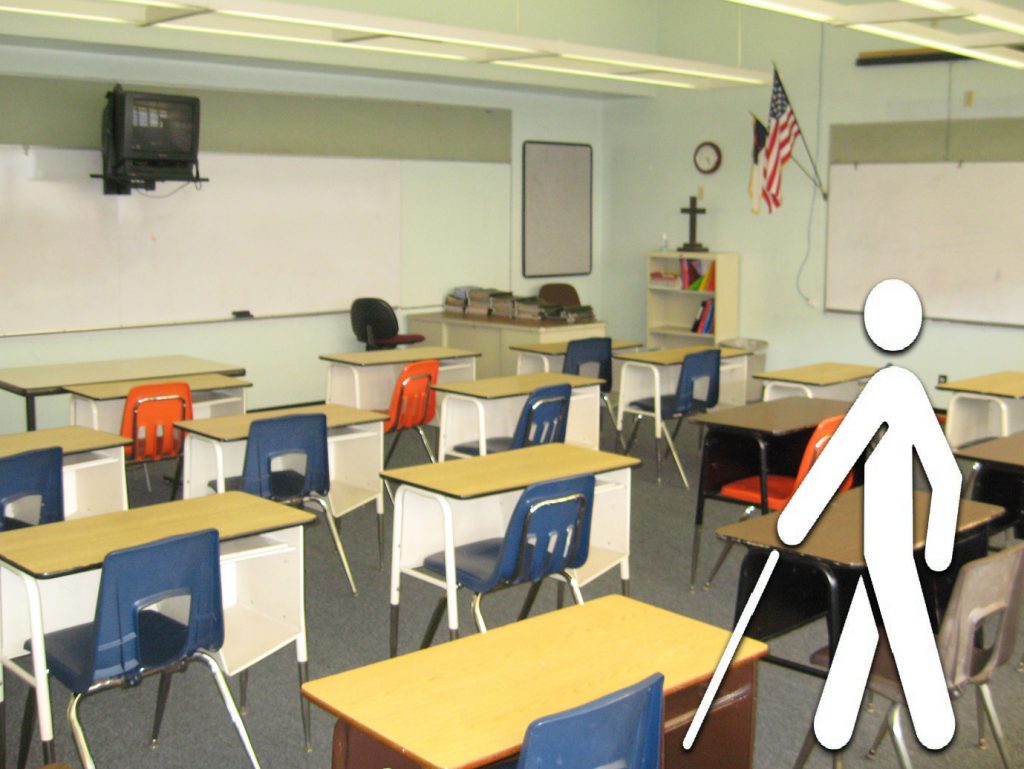
As per the United State Department of Justice Civil Rights Division, the Americans with Disabilities Act, (“ADA”), was modeled after the Civil Rights Act of 1964, which prohibits discrimination on the basis of race, color, religion, sex, or national origin – and Section 504 of the Rehabilitation Act of 1973 — the ADA is an “equal opportunity” law for people with disabilities.
To be protected by the ADA, one must have a disability, which is defined by the ADA as a physical or mental impairment that substantially limits one or more major life activities, a person who has a history or record of such an impairment, or a person who is perceived by others as having such an impairment. The ADA does not specifically name all of the impairments that are covered.
Public Accommodations:
In order to be considered a public accommodation with title III obligations, an entity must be private and it must: i) own; lease; lease to; or Operate a place of public accommodation. A place of public accommodation is a facility whose operations affect commerce; and fall within at least one of the following categories:
- Places of lodging (e.g. , inns, hotels, motels) (except for owner-occupied establishments renting fewer than six rooms);
- Establishments serving food or drink (e.g. , restaurants and bars);
- Places of exhibition or entertainment (e.g. , motion picture houses, theaters, concert halls, stadiums);
- Places of public gathering (e.g. , auditoriums, convention centers, lecture halls);
- Sales or rental establishments (e.g. , bakeries, grocery stores, hardware stores, shopping centers);
- Service establishments (e.g. , laundromats, dry-cleaners, banks, barber shops, beauty shops, travel services, shoe repair services, funeral parlors, gas stations, offices of accountants or lawyers, pharmacies, insurance offices, professional offices of health care providers, hospitals);
- Public transportation terminals, depots, or stations (not including facilities relating to air transportation);
- Places of public display or collection (e.g. , museums, libraries, galleries);
- Places of recreation (e.g. , parks, zoos, amusement parks);
- Places of education (e.g. , nursery schools, elementary, secondary, undergraduate, or postgraduate private schools);
- Social service center establishments (e.g. , day care centers, senior citizen centers, homeless shelters, food banks, adoption agencies); and
- Places of exercise or recreation (e.g. , gymnasiums, health spas, bowling alleys, golf courses).
Religious entities:
Of particular importance is the fact that section 1.5000 of Title III specifically exempts religious entities for the public accommodation requirement and covers the activities of a religious entity, whether religious or secular.
When a religious entity rents a portion of its facilities to another entity that does fall within one of the categories listed above and therefore required to meet the public accommodation requirement, that tenant would not be exempt from Title III. Although the congregation would remain exempt, even if its tenant is covered. That is, the obligations of a landlord for a place of public accommodation do not apply if the landlord is a religious entity.
New Construction/Alterations:
Although regions entities are exempt from the public accommodation requirements of Title III, improves to building structures may trigger these requirements during the plan approval process with the local building department.
As per Title III, “All newly constructed places of public accommodation and commercial facilities must be readily accessible to and usable by individuals with disabilities to the extent that it is not structurally impracticable. This requirement, along with the requirement for accessible alterations, are the only requirements that apply to commercial facilities.”
The new construction requirements apply to any facility first occupied after January 26, 1993, for which the last application for a building permit or permit extension is certified as complete after January 26, 1992; or in those jurisdictions where the government does not certify completion of applications, the date that the last application for a building permit or permit extension is received by the government. Building occupied prior to January 26, 1993 are not covered by the title III new construction requirements.
If an alteration in a place of public accommodation or commercial facility is begun after January 26, 1992, that alteration must be readily accessible to and usable by individuals with disabilities. An alteration is any change that affects usability and includes remodeling, renovation, rearrangements in structural parts, and changes or rearrangement of walls and full-height partitions. Normal maintenance, re-roofing, painting, wallpapering, asbestos removal, and changes to electrical and mechanical systems are not “alterations,” unless they affect usability.
Note:
Commercial facilities means facilities: i) whose operations will affect commerce; ii) are intended for nonresidential use by a private entity…
Please see our other related articles
Principals and Agents
Church Officer and Director Liability
Why Use Bushore Real Estate
Disclaimer: Every situation is different and particular facts may vary thereby changing or altering a possible course of action or conclusion. The information contained herein is intended to be general in nature as laws vary between federal, state, counties, and municipalities and therefore may not apply to any given matter. This information is not intended to be legal advice or relied upon as a legal opinion, course of action, accounting, tax, or other professional services. You should consult the proper legal or professional advisor knowledgeable in the area that pertains to your particular situation.
